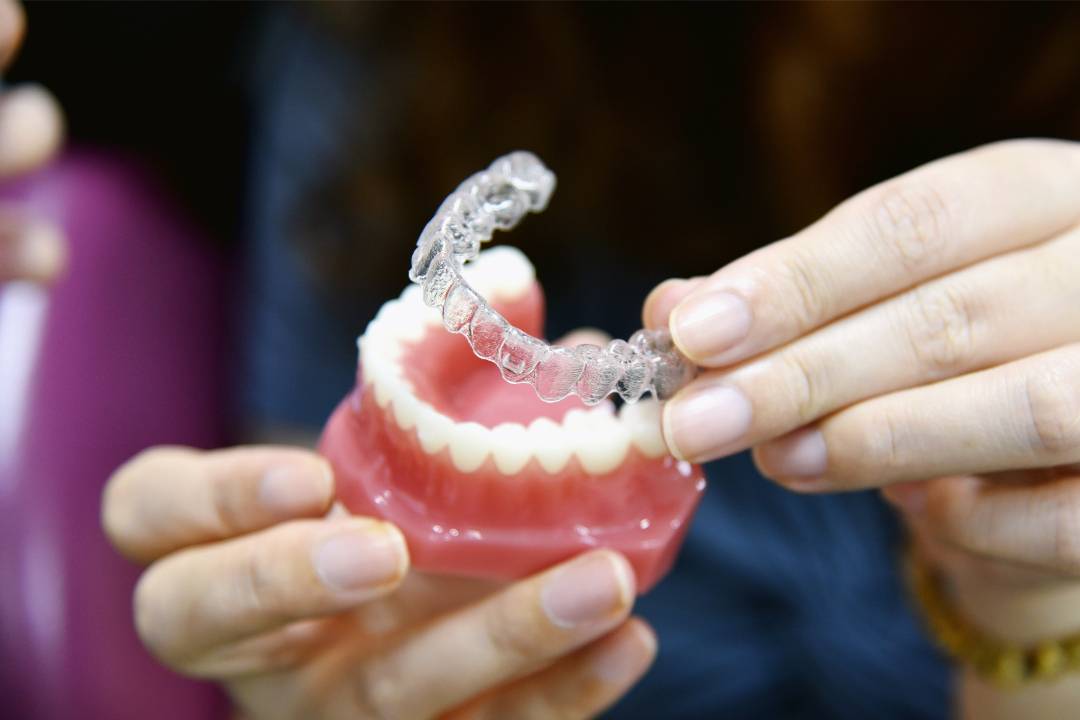
Common Challenges Faced After Completing an Invisalign Course
Completing an Invisalign course is an exciting milestone for any dental professional looking to expand their orthodontic services. With clear aligners becoming increasingly popular among patients, mastering Invisalign can significantly boost your practice’s growth and profitability.
However, many dentists find that the real challenges begin once the course is over. From gaining confidence with initial cases to managing patient expectations, there are several hurdles to overcome. This article explores the most common challenges faced after completing an Invisalign course and offers practical solutions to help you navigate them successfully.
Gaining Confidence with Initial Cases
One of the most common challenges dentists face is a lack of confidence when treating their first few Invisalign cases. Although courses provide theoretical knowledge and, in some cases, hands-on practice, transitioning from a controlled learning environment to real patient scenarios can be daunting. Many new providers worry about making mistakes, leading to hesitation in recommending or initiating treatment.
To overcome this, it’s crucial to start with simpler cases that fall within your comfort zone. Select patients with mild to moderate malocclusions to build confidence gradually. Additionally, seeking mentorship or peer support can make a significant difference. Choosing an Invisalign course that offers ongoing mentorship or access to experienced instructors can provide valuable guidance and feedback, helping you gain confidence and competence in delivering clear aligner treatments.
Treatment Planning and Case Selection
Proper case selection and treatment planning are vital for successful Invisalign outcomes. However, many newly certified providers find it challenging to accurately assess case complexity. Misjudging a case’s difficulty can lead to extended treatment times, patient dissatisfaction, and compromised results. This challenge often stems from limited clinical experience or inadequate coverage of complex scenarios during training.
To improve your case selection and treatment planning skills, take advantage of digital tools like ClinCheck® that allow you to visualize treatment progress and outcomes. Participating in case review sessions or joining Invisalign-focused study clubs can also enhance your decision-making abilities. Providers like High Tech Dental Seminars offer advanced training, helping dentists refine their treatment planning skills and avoid common pitfalls.
Managing Patient Expectations
Clear aligner patients often have high expectations regarding treatment timelines and aesthetics. They may anticipate rapid results or underestimate the commitment required for successful outcomes, such as wearing aligners for 22 hours a day. Managing these expectations is essential to maintain patient satisfaction and prevent misunderstandings during treatment.
Effective communication is the key to overcoming this challenge. Be transparent about the limitations of Invisalign, potential discomfort, and the importance of patient compliance. Utilize digital simulations during consultations to set realistic expectations regarding treatment duration and outcomes. By clearly explaining the process and answering patient questions thoroughly, you can build trust and minimize potential conflicts.
Addressing Complex Cases and Mid-Course Adjustments
Handling complex cases or making mid-course adjustments can be particularly challenging for new Invisalign providers. Cases involving severe crowding, deep bites, or open bites require advanced skills and strategic planning. Additionally, patient non-compliance or unexpected tooth movements may necessitate refinements or modifications to the original treatment plan.
To address these challenges, continuous learning and advanced training are crucial. Consider enrolling in specialized Invisalign courses that focus on complex cases and offer hands-on workshops. Mentorship from experienced providers can also be invaluable when facing difficult scenarios. If your initial course did not cover complex cases in depth, explore advanced modules from reputable training providers to expand your expertise.
Navigating the Learning Curve with Digital Tools
Digital tools such as ClinCheck® and iTero® scanners are essential for effective Invisalign treatment planning and monitoring. However, many dentists struggle with mastering these technologies after completing their certification. The learning curve associated with digital tools can be steep, leading to inefficiencies and delays in treatment planning.
To become proficient with these tools, invest time in practicing outside of patient appointments. Many Invisalign training providers offer additional digital workshops or online tutorials to enhance your skills.
Marketing and Growing Your Invisalign Practice
A common challenge after completing an Invisalign course is effectively marketing the new service to attract patients. Many dentists struggle to communicate the benefits of Invisalign or lack the confidence to recommend clear aligners during consultations. Additionally, competing with established providers can be intimidating, especially in saturated markets.
To overcome this, create a targeted marketing strategy that highlights your expertise and emphasizes the aesthetic and functional benefits of Invisalign. Utilize social media platforms, before-and-after photos, and patient testimonials to build credibility and attract potential patients. Participating in local community events or offering open days for free consultations can also help grow your Invisalign patient base.
Furthermore, some courses focus heavily on sales techniques without providing practical strategies for patient communication or case acceptance. To bridge this gap, look for programs that include comprehensive marketing modules alongside clinical training. This balanced approach ensures you are equipped not only to treat patients effectively but also to grow your practice successfully.
Final Thoughts: Overcoming Post-Certification Challenges
Completing an Invisalign course is just the beginning of your journey as a clear aligner provider. From building confidence to mastering digital tools and marketing your new services, several challenges await. By recognizing these common hurdles and proactively seeking solutions, you can confidently grow your expertise and enhance your practice.
Choosing the right educational partner can make a significant difference in your learning experience. By investing in continuous learning and mentorship, you can transform challenges into opportunities, ultimately achieving success with Invisalign.

Comments (0)